The thrill of competition, the joy of shared strategy, the satisfaction of a well-executed plan – board games offer a unique blend of entertainment that has captivated generations. But have you ever considered taking your love for games a step further by designing your own? The process of crafting a board game can be an incredibly rewarding experience, allowing you to express your creativity and bring your unique ideas to life. This article will guide you through the exciting journey of board game design, equipping you with the tools and inspiration to translate your vision into a compelling game.
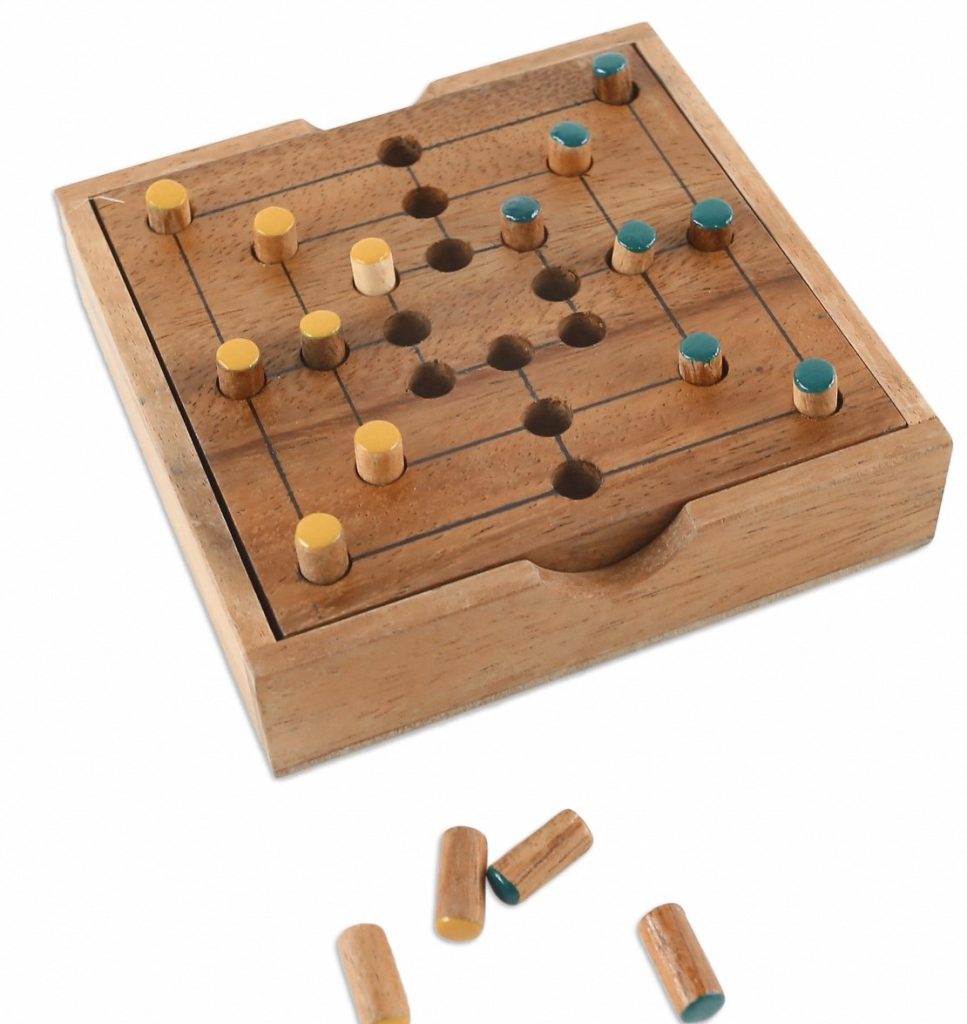
Part 1: Spark of Inspiration
Unearth Your Theme:
Every great board game begins with a spark of inspiration. This spark can ignite from anywhere – your favorite historical period, a captivating science fiction novel, or even a recurring childhood dream. Look for thematic elements that resonate with you and hold the potential for engaging gameplay. Perhaps you’re fascinated by the world of espionage. You could design a game where players become rival spies, strategically maneuvering agents around a global board to steal secrets and complete missions.
Identify Your Players:
When designing a board game, it’s important to envision the intended players. Are you targeting a lighthearted experience for a casual game night with friends, or perhaps a complex strategic challenge for seasoned gamers? Understanding your target audience is vital as it directly impacts various aspects of game design. For instance, it will shape the complexity of the rules, the artistic style, and even the overall game length. A game tailored for children, for example, might incorporate simpler mechanics and shorter play sessions, while a game designed for seasoned players could feature deeper strategic elements and a longer playtime. By identifying your target audience, you can tailor the game to meet their preferences and skill level, ensuring a more satisfying and enjoyable experience. Taking into account the players’ demographics and preferences can ultimately contribute to the game’s success and popularity within its intended market segment.
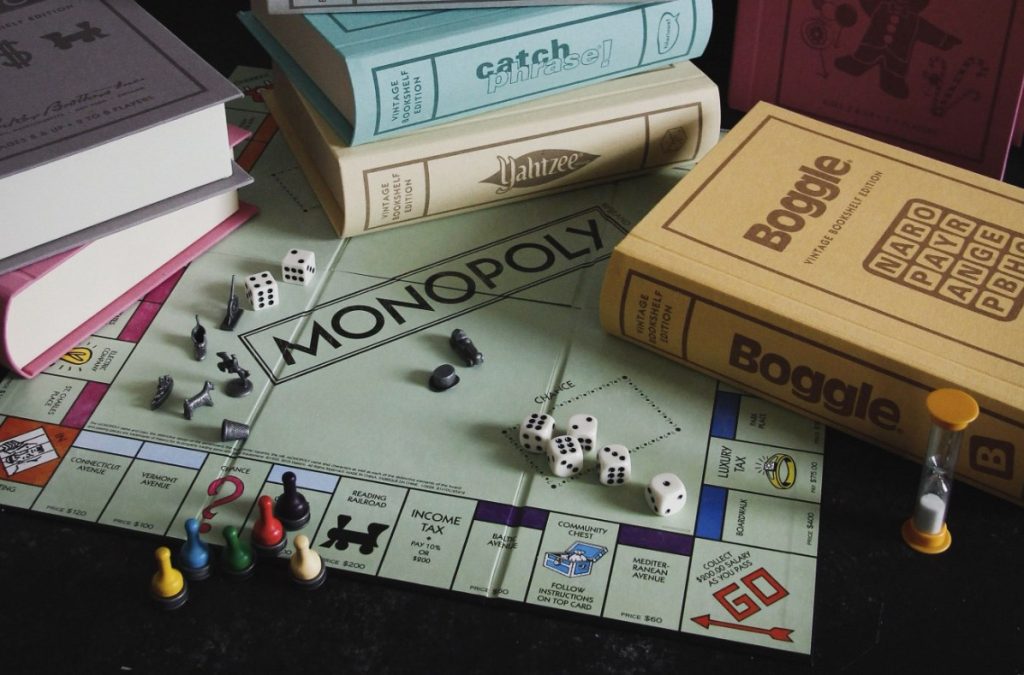
Part 2: Building the Foundation
Mechanics Drive the Experience:
The mechanics of a board game are the fundamental elements that define how the game plays and outline the actions players can take. Commonly used mechanics include dice rolling, card drafting, resource management, and area control, among others. When devising the mechanics for your game, it’s essential to consider those that complement your chosen theme and are suitable for your target audience. For instance, if you are creating a detective-themed game, you might feature deduction mechanics, allowing players to gather clues and solve a mystery. On the other hand, a farming-themed game might incorporate resource management mechanics, where players strategically plant and harvest crops while balancing their resources. Tailoring your game’s mechanics to align with your chosen theme and target audience can enhance the overall cohesiveness of the game, making it more engaging and enjoyable for players.
Craft a Compelling Narrative:
A strong narrative can elevate your board game from a collection of mechanics to a truly immersive experience. This narrative doesn’t have to be overly complex. Even a simple goal, like building the most prosperous city or leading the most successful space exploration mission, can provide context and purpose for players’ actions. In your detective game, players might be racing to solve a murder before the killer escapes. In your farming game, players might be striving to become the most successful farmer at the annual harvest festival.
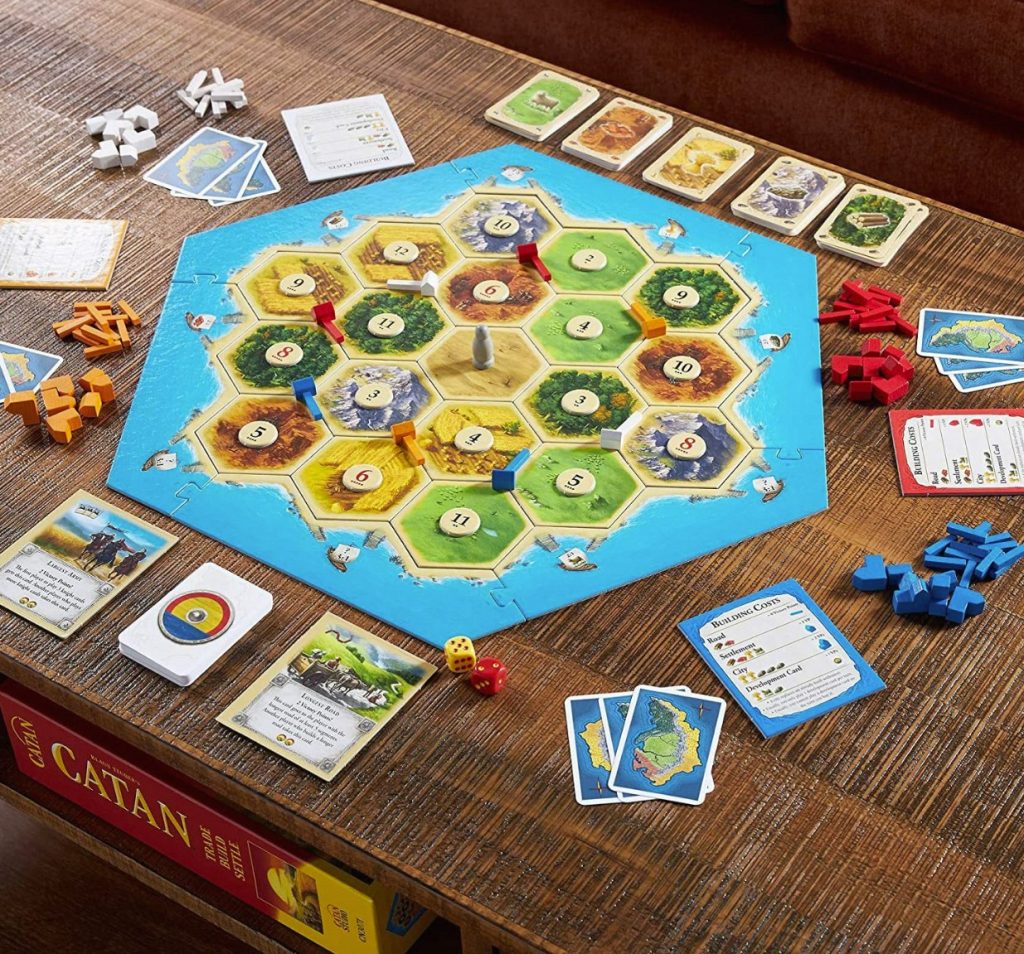
Part 3: Developing the Game
Prototype, Test, Refine:
The best way to develop your game is to create a playable prototype. This can be as simple as a hand-drawn board and tokens made from cardboard or buttons. The key is to have a functional version of your game that allows you to test the core mechanics and gameplay flow. Playtest your game with a variety of people, observing their reactions, collecting feedback, and identifying areas for improvement. Be receptive to suggestions and iterate on your design. This process of prototyping, testing, and refining is crucial for ensuring your game is balanced, engaging, and ultimately fun.
Embrace the Visuals:
The artistic design of your game board, cards, and playing pieces can significantly enhance the overall experience. If you have artistic skills, you can create your own visuals. Alternatively, consider collaborating with an artist or using online design tools. Even with a simple art style, clear iconography and a visually appealing layout can significantly improve the playability and enjoyment of your game. For example, a pirate-themed game might feature a brightly colored map with clear symbols representing different types of treasure, while a space exploration game might have sleek, futuristic designs for the spaceships and planets on the board.
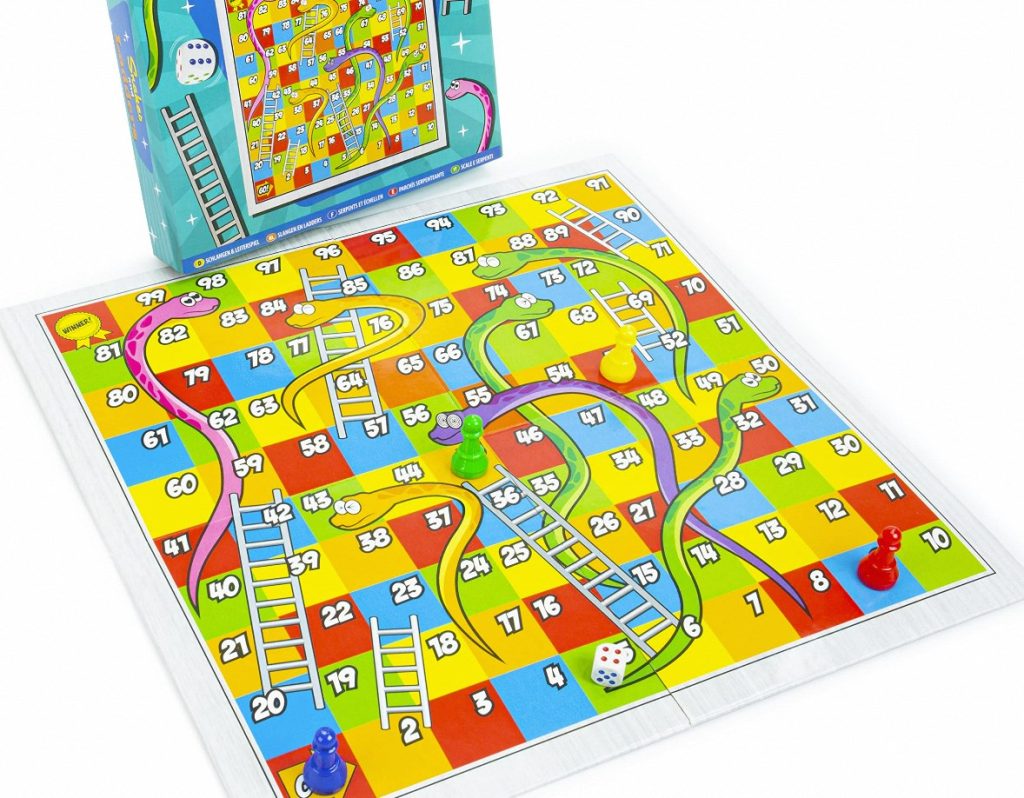
Part 4: Bringing Your Game to Life
Finalize the Rules:
Once you have finalized the core gameplay of your board game, it’s crucial to meticulously document the rules in a clear and concise manner. Utilize straightforward language, offer step-by-step instructions, and integrate visuals where necessary to enhance understanding. Clear and well-written rules are paramount for ensuring a smooth and enjoyable playing experience for all participants. It is beneficial to include examples of gameplay to illustrate various concepts and address potential edge cases, minimizing confusion during playtesting and actual gameplay. Detailing specific scenarios and providing resolutions for potential conflicts or ambiguities can further enhance the clarity and completeness of the rulebook. By presenting a comprehensive and comprehensible rulebook, players can confidently engage with the game, reducing frustration and maximizing enjoyment. Ultimately, investing time and effort in creating clear and comprehensive rules can significantly contribute to the overall success and appeal of the board game.
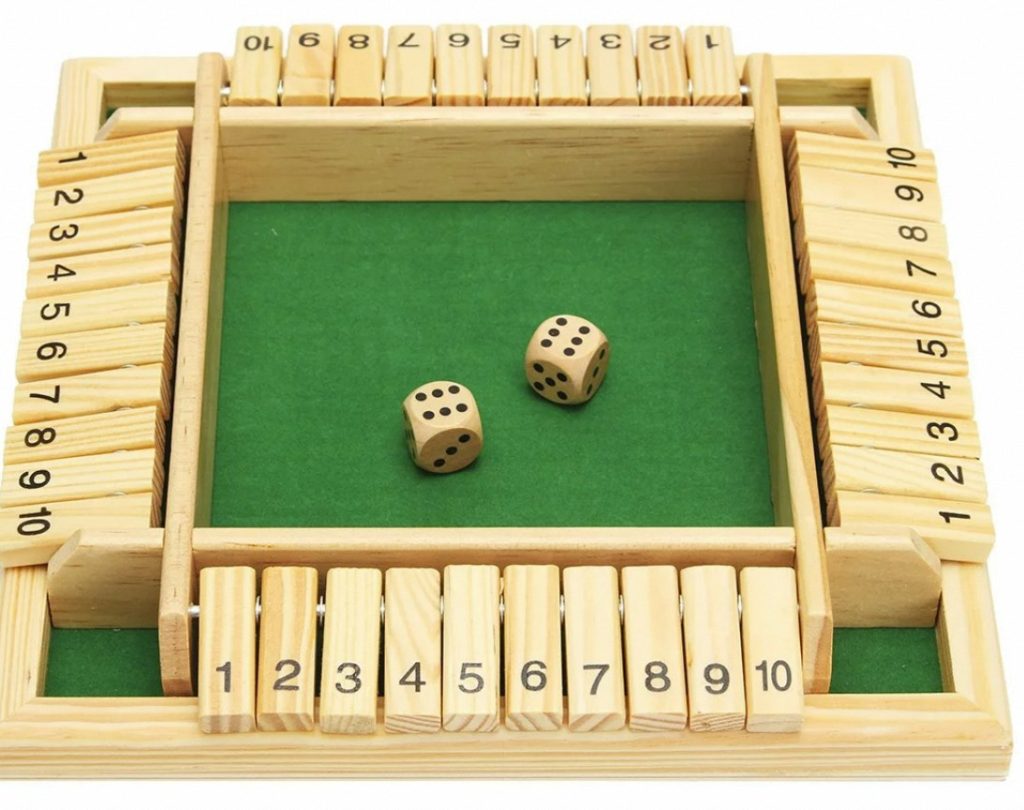
Prepare for Production:
While you can certainly enjoy your game with a homemade prototype, consider the possibility of transforming it into a physical product. There are various printing services that can create professional-looking game boards, cards, and boxes. You can also explore online platforms for crowdfunding your game or connecting with game publishers to bring your creation to a wider audience. However, even if you don’t plan on mass production, having a polished prototype can be a valuable tool for sharing your game with friends and family.


